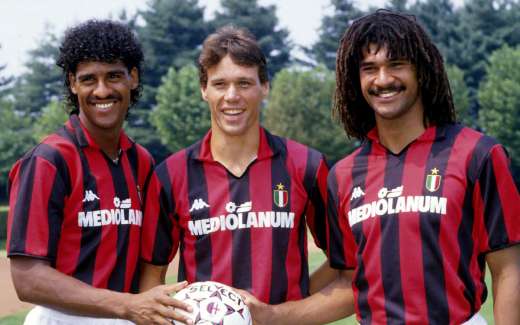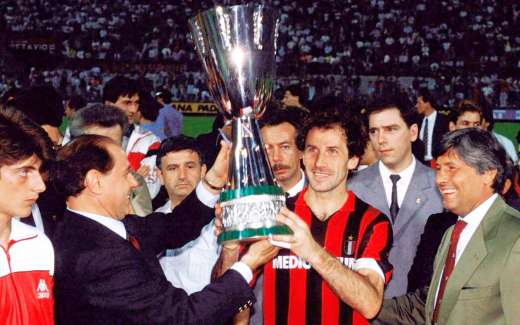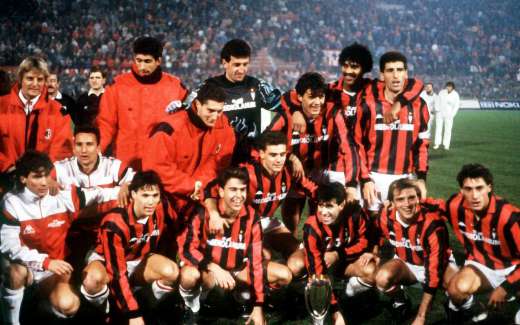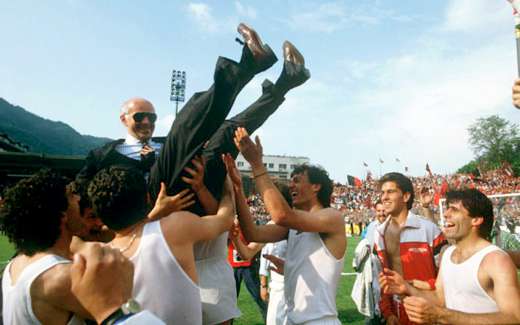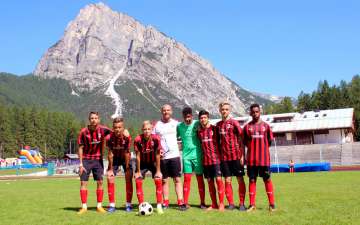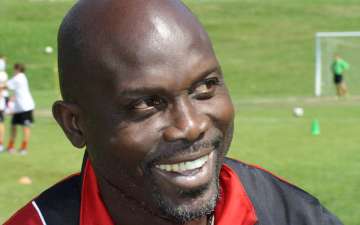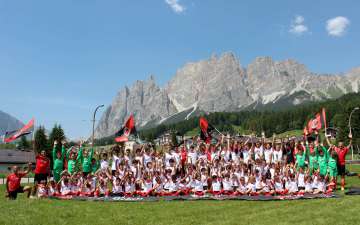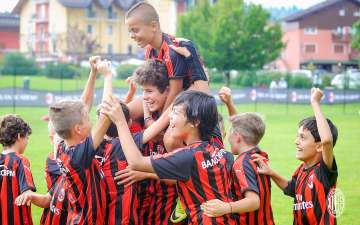A.C. Milan: The Football Club
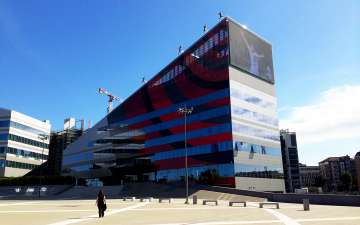 Associazione Calcio Milan commonly referred to as A.C. Milan or simply Milan, is a professional football club in Milan, Italy, founded in 1899. The club has spent its entire history, with the exception of the 1980–81 and 1982–83 seasons, in the top flight of Italian football, known as Serie A since 1929–30.
Associazione Calcio Milan commonly referred to as A.C. Milan or simply Milan, is a professional football club in Milan, Italy, founded in 1899. The club has spent its entire history, with the exception of the 1980–81 and 1982–83 seasons, in the top flight of Italian football, known as Serie A since 1929–30.
A.C. Milan’s 18 FIFA and UEFA trophies is the fourth highest out of any club (joint with Boca Juniors), and the most out of any Italian club. Milan has won a joint record 3 Intercontinental Cups and 1 FIFA Club World Cup, 7 European Cup/Champions League titles (Italian record), the UEFA Super Cup a joint record 5 times and the Cup Winners’ Cup twice. With 19 league titles, Milan is also the joint-second most successful club in Serie A, along with local rivals Internazionale and behind Juventus (36 league titles). They have also won the Coppa Italia five times, and the Supercoppa Italiana seven.
Milan’s home games are played at San Siro, also known as the Stadio Giuseppe Meazza. The stadium, which is shared with city rivals Internazionale, is the largest in Italian football, with a total capacity of 80,018. Inter are considered their biggest rivals, and matches between the two teams are called Derby della Madonnina, which is one of the most followed derbies in football.
The club is one of the wealthiest in Italian and world football. It was a founding member of the now-defunct G-14 group of Europe’s leading football clubs as well as its replacement, the European Club Association.
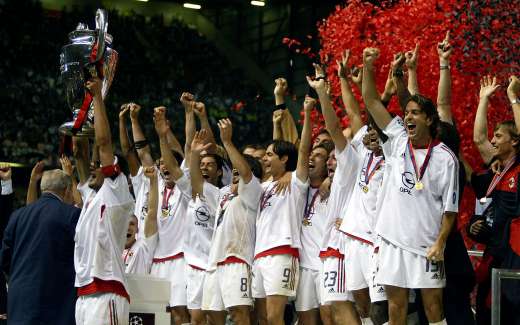
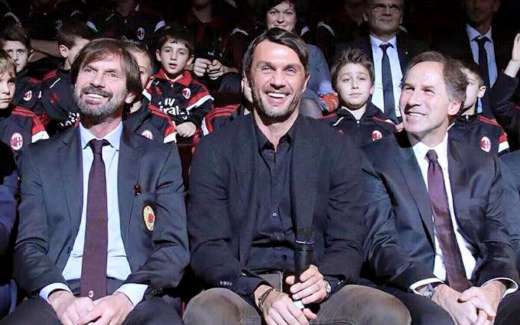
Paolo Maldini holds the records for both total appearances and Serie A appearances for Milan, with 902 official games played in total and 647 in Serie A (as of 31 May 2009, not including playoff matches), the latter being an all-time Serie A record.
Swedish forward Gunnar Nordahl scored 38 goals in the 1950–51 season, 35 of which were in Serie A, setting an Italian football and club record. He went on to become Milan’s all-time top goalscorer, scoring 221 goals for the club in 268 games. He is followed in second place by Andriy Shevchenko with 175 goals in 322 games, and Gianni Rivera in third place, who has scored 164 goals in 658 games. Rivera is also Milan’s youngest ever goalscorer, scoring in a league match against Juventus at just 17 years.
Legendary coach Nereo Rocco, the first proponent of catenaccio in the country, was Milan’s longest-serving manager, sitting on the bench for over nine years (in two spells) in the 1960s and early 1970s, winning the club’s first European Cup triumphs. Italian Prime Minister Silvio Berlusconi, who purchased the club in 1986, is Milan’s longest-serving president (23 years, due to a two-year vacancy between 2004 and 2006).
During the 1991–92 season, the club achieved the feature of being the first team to win the Serie A title without losing a single game. In total, Milan’s unbeaten streak lasted 58 games.
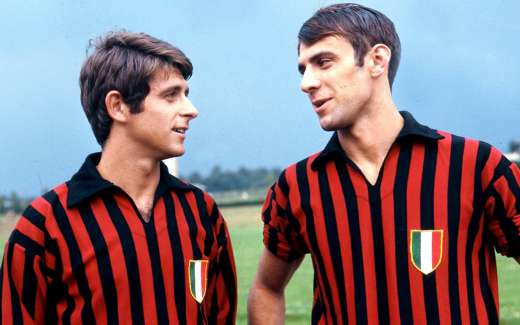
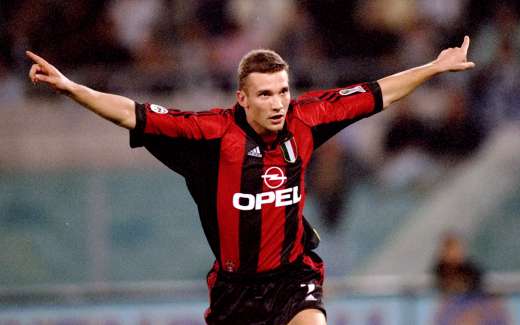
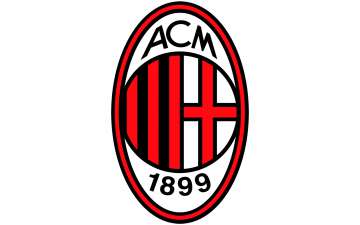 Red and black are the colours which have represented the club throughout its entire history. They were chosen to represent the players’ fiery ardor (red) and the opponents’ fear to challenge the team (black). Rossoneri, the team’s widely used nickname, literally means “the red & blacks” in Italian, in reference to the colours of the stripes on its jersey.
Red and black are the colours which have represented the club throughout its entire history. They were chosen to represent the players’ fiery ardor (red) and the opponents’ fear to challenge the team (black). Rossoneri, the team’s widely used nickname, literally means “the red & blacks” in Italian, in reference to the colours of the stripes on its jersey.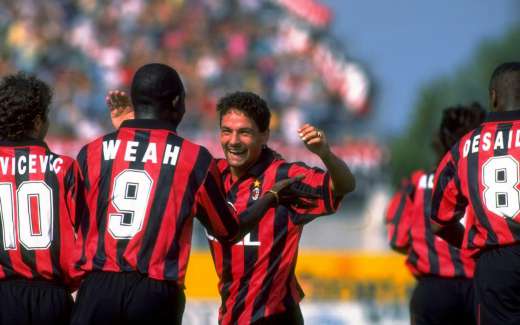
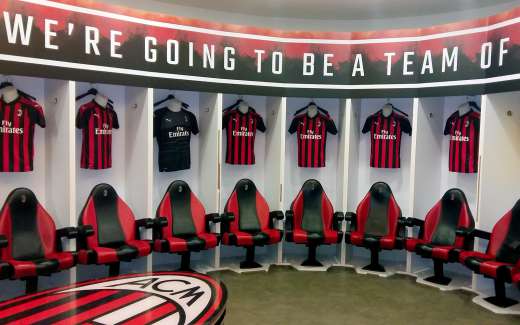
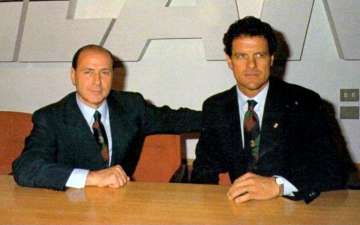 During the historic years under Berlusconi’s presidency, Arrigo Sacchi was hugely successful and innovated not only thanks to great players, but also thanks to what could be considered as an extra man: the Game he played. Fabio Capello then took over, providing continuity as the winning culture continued. Under Sacchi, AC Milan won one Scudetto, two European Cups, two European Super Cups and two Intercontinental Cups, winning all the international finals they were involved in. And it was that extra man, the Game, that brought the best out of individuals and led to three Rossoneri players occupying the top three places in the Ballon d’Or in 1988 (Van Basten, Gullit and Rijkaard) and 1989 (Van Basten, Baresi and Rijkaard).
During the historic years under Berlusconi’s presidency, Arrigo Sacchi was hugely successful and innovated not only thanks to great players, but also thanks to what could be considered as an extra man: the Game he played. Fabio Capello then took over, providing continuity as the winning culture continued. Under Sacchi, AC Milan won one Scudetto, two European Cups, two European Super Cups and two Intercontinental Cups, winning all the international finals they were involved in. And it was that extra man, the Game, that brought the best out of individuals and led to three Rossoneri players occupying the top three places in the Ballon d’Or in 1988 (Van Basten, Gullit and Rijkaard) and 1989 (Van Basten, Baresi and Rijkaard).